 When we think about what motivates us in our jobs, it comes down to something we want to achieve – the next big promotion, a pay raise, or the respect of our peers. But what is really behind those things? What do we truly want to accomplish for ourselves? That promotion may really mean job security for some, or a sense of progress for others. The pay raise? Financial security or savings for something big for yourself or your family. And the respect of our peers can stem from our need for approval from others. There is generally an emotional attachment to your goals, and even by setting them in the first place you have taken the first big step toward accomplishing them. Everyone has a goal, including the individuals on your team – all you have to do is ask the right questions.
When we think about what motivates us in our jobs, it comes down to something we want to achieve – the next big promotion, a pay raise, or the respect of our peers. But what is really behind those things? What do we truly want to accomplish for ourselves? That promotion may really mean job security for some, or a sense of progress for others. The pay raise? Financial security or savings for something big for yourself or your family. And the respect of our peers can stem from our need for approval from others. There is generally an emotional attachment to your goals, and even by setting them in the first place you have taken the first big step toward accomplishing them. Everyone has a goal, including the individuals on your team – all you have to do is ask the right questions.
So how do your employees decide what their goals should be in their careers? How do you find what truly motivates them and keeps them engaged? Well, to start, what do they aspire to become Great at? What Opportunities are they looking to have in front of them? What Actions must they take to bring those opportunities within reach? What will they Love about reaching their career goals (this is their emotional attachment to the goal)? See what I did there? Great. Opportunity. Actions. Love. GOAL. I bet you think I’m pretty crafty, huh? Actually, the analysis of these four categories comes from Tim Hagen and Progress Coaching’s Dual Coaching Assessment Strategy, which partners GOAL-Based Coaching using the previous four questions to be filled out by your employee, with a SOAR assessment to analyze the individual’s Strengths, Opportunities to improve, Actions to be taken by the individual, and Responsibilities to be assigned to them – this part of the assessment is completed by the manager. By pairing the two assessments together, you help the individual learn how to develop their strengths even further, as well as how to utilize their strengths to improve the other areas of their job all while pushing them forward on the path toward reaching their goals. To learn more about the Dual Coaching Assessment Strategy, click here.
All of this comes down to what your employees want out of their careers, and this strategy helps you to work together to build a strategy to help them reach their goals. By letting them know that you are there to help them every step of the way, you build a positive coaching relationship between the two of you. This strategy goes for all employees, whether you are coaching them to better engagement or you are coaching them to stay with the company for the long-term. Each person on your team is worth coaching if you know where to start. Motivation and goals are powerful tools to have in your coaching arsenal – put these strategies to the test to find out just how far they can go in keeping your team engaged and helping them find their own internal drive to be the best they can be.



.png)


